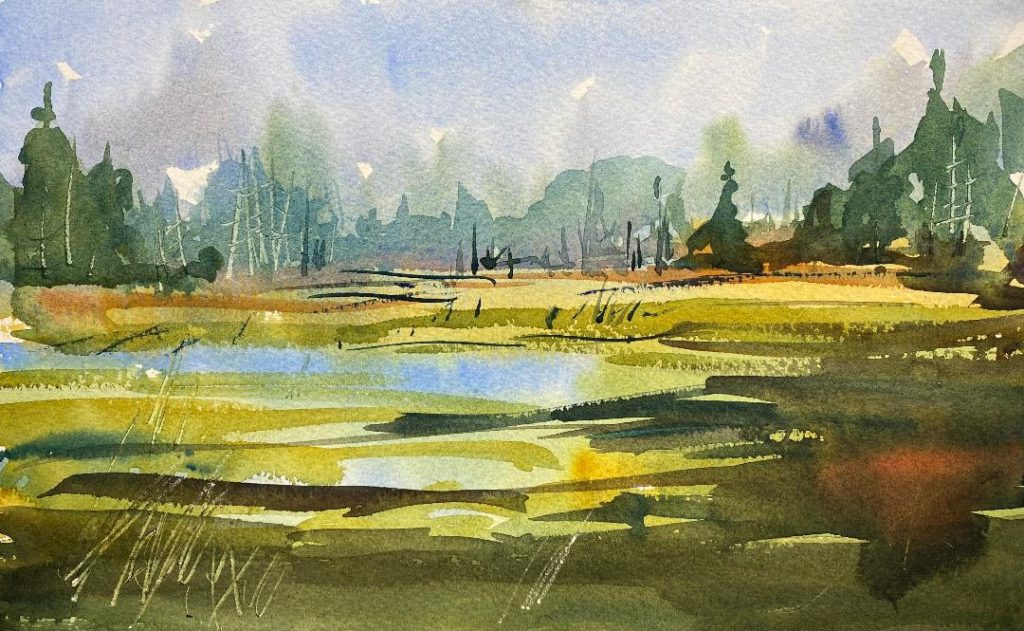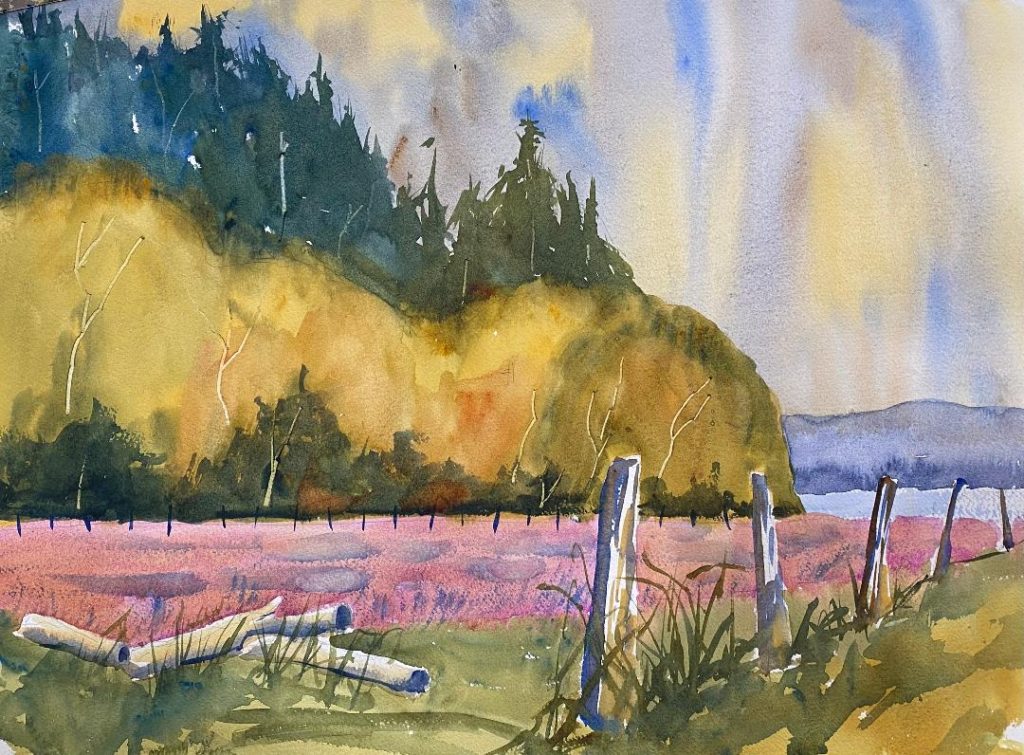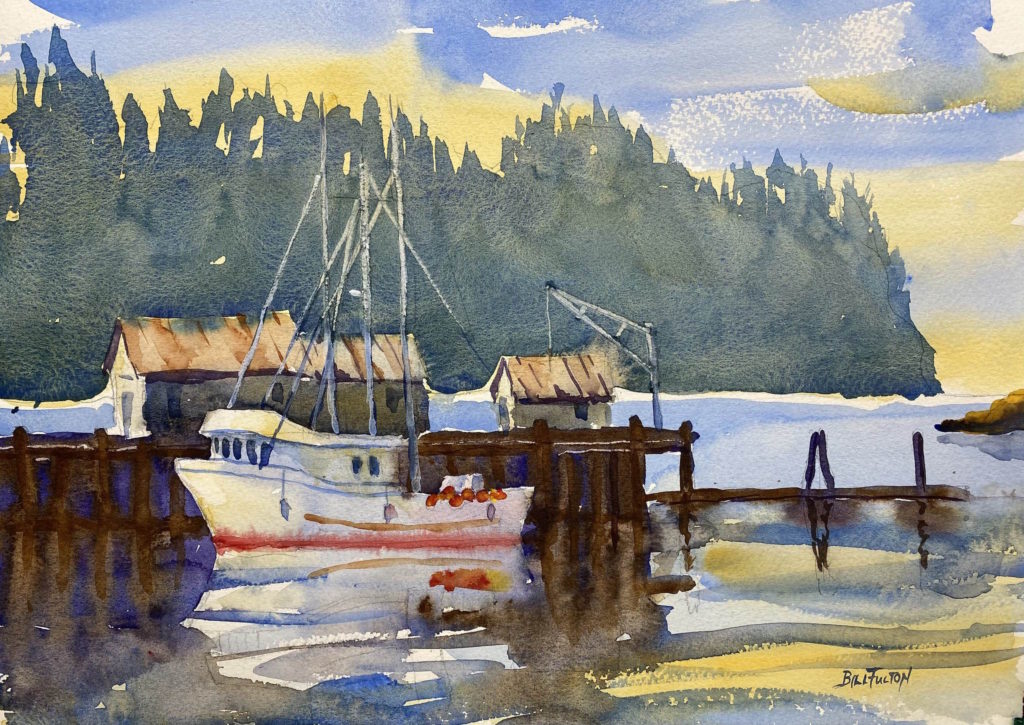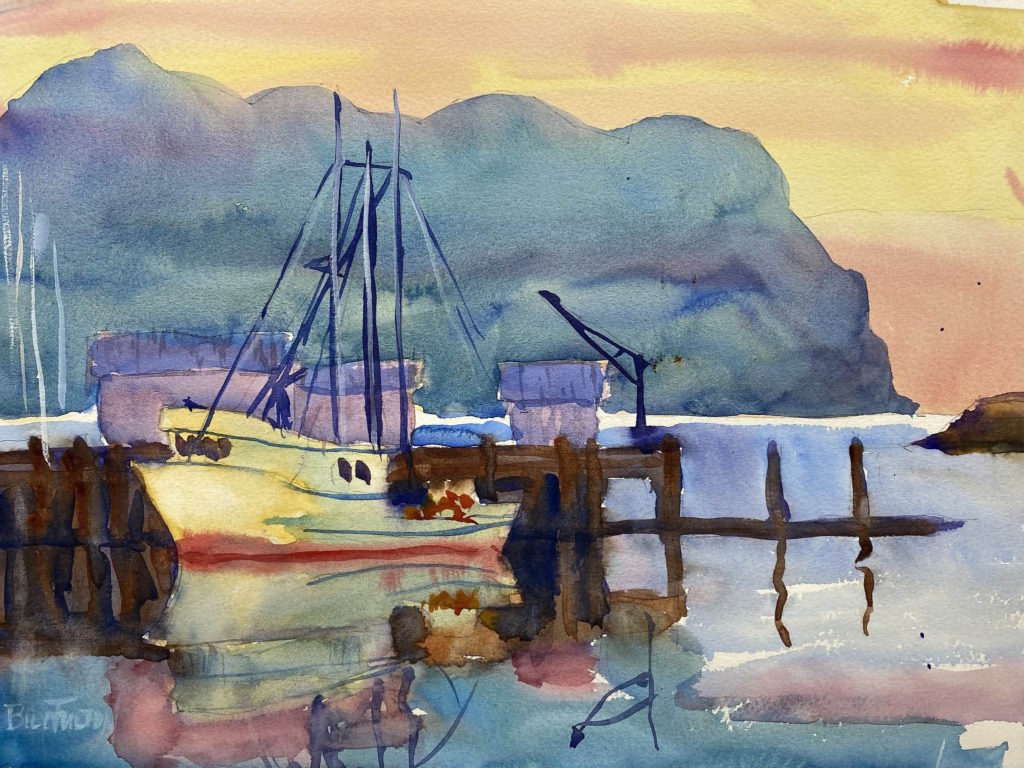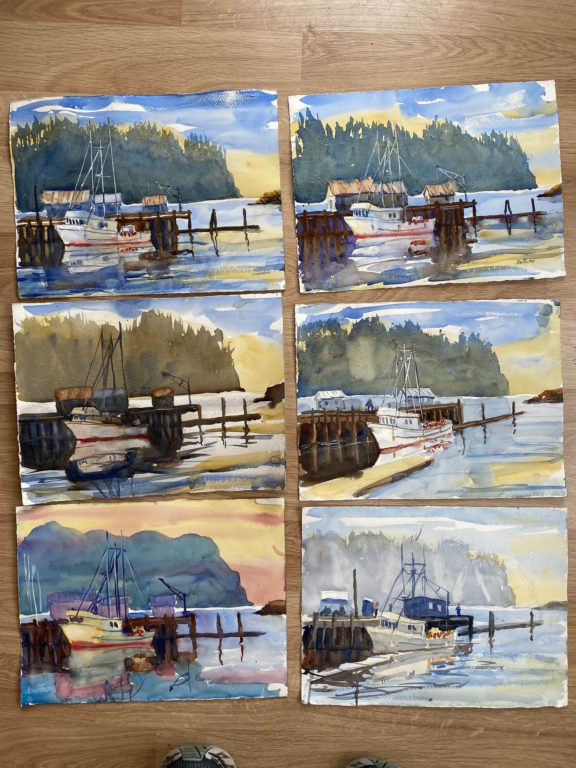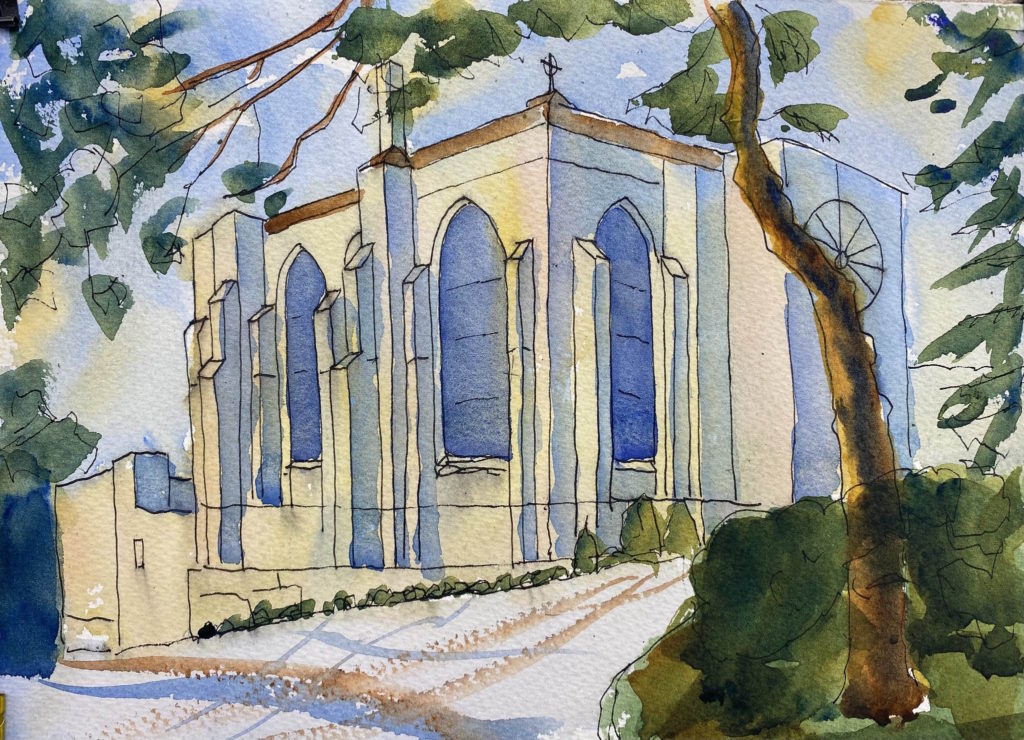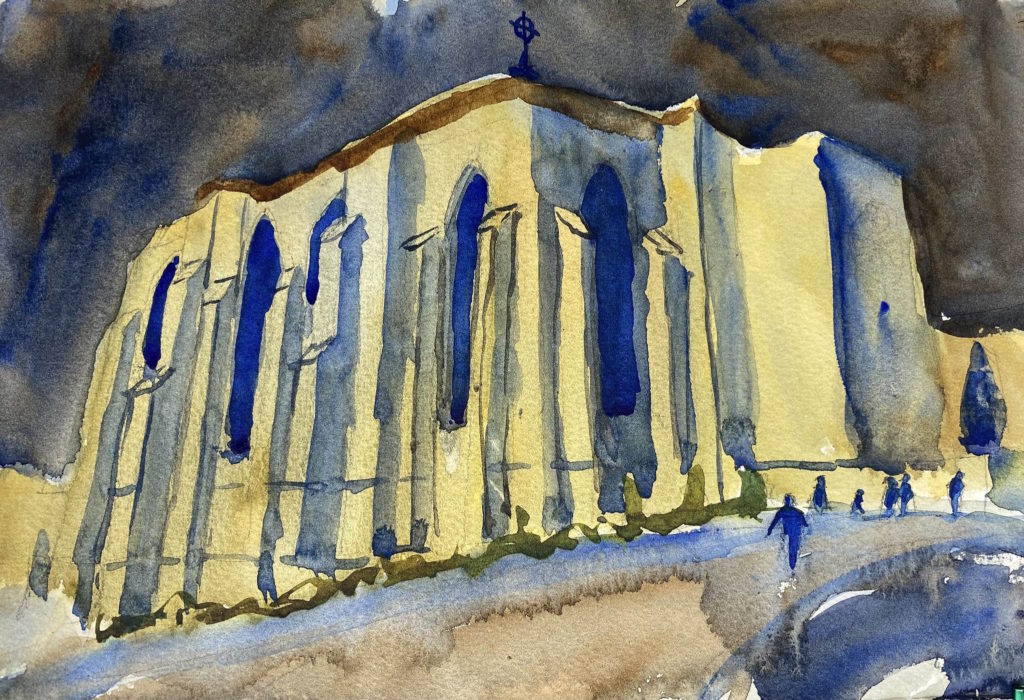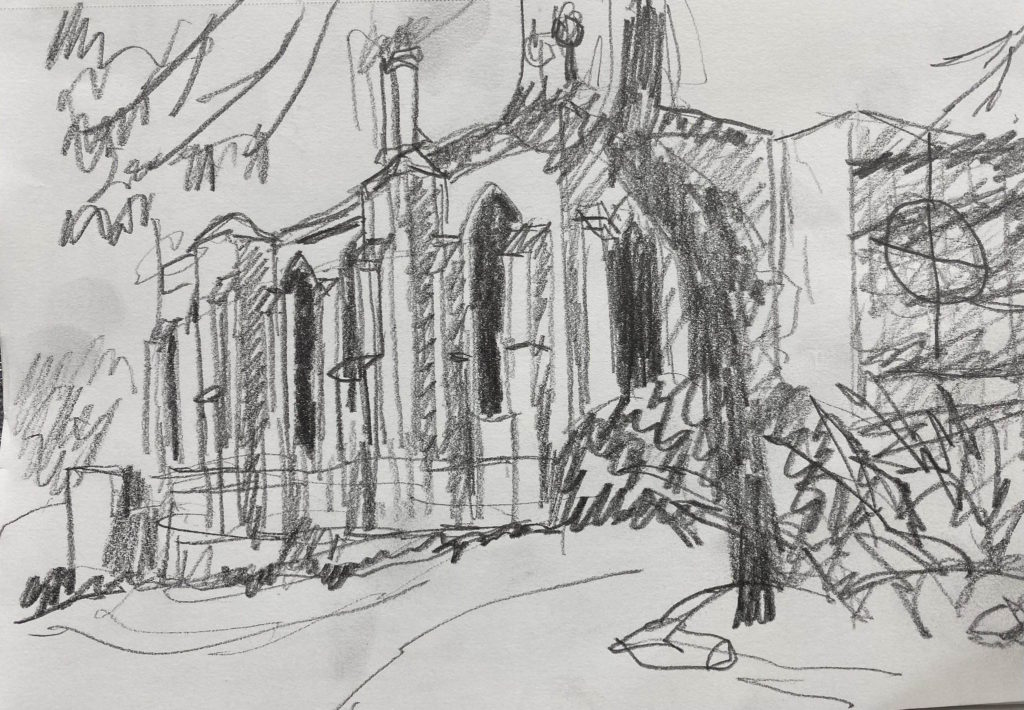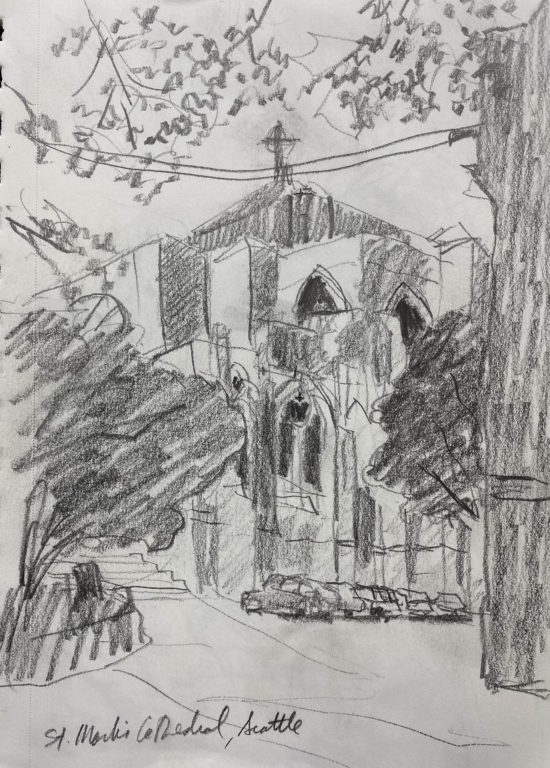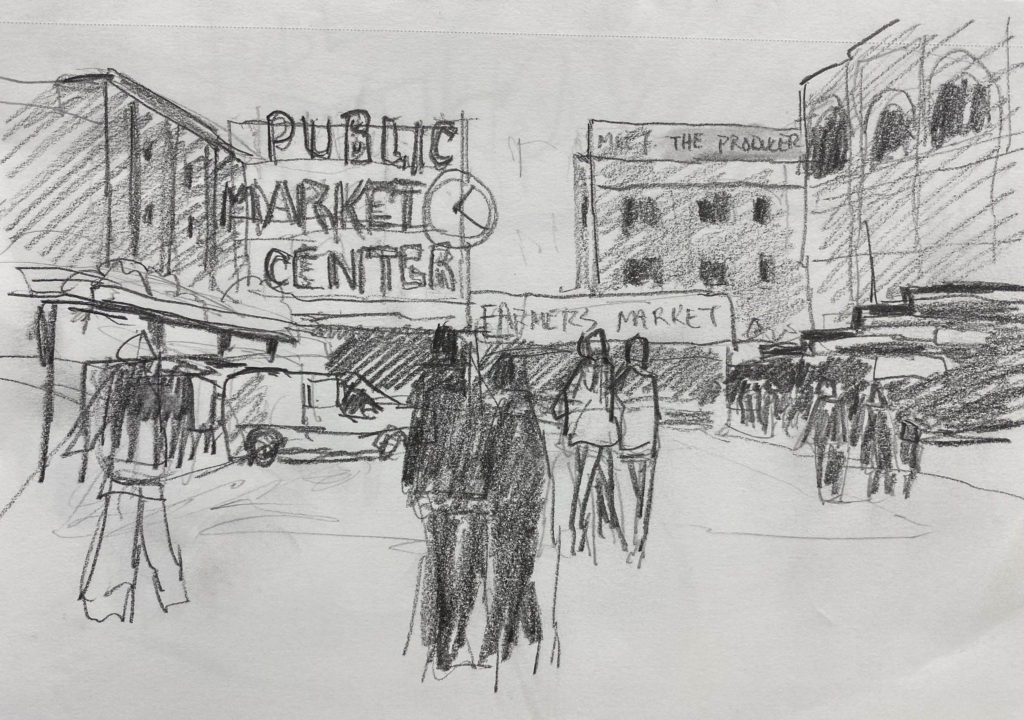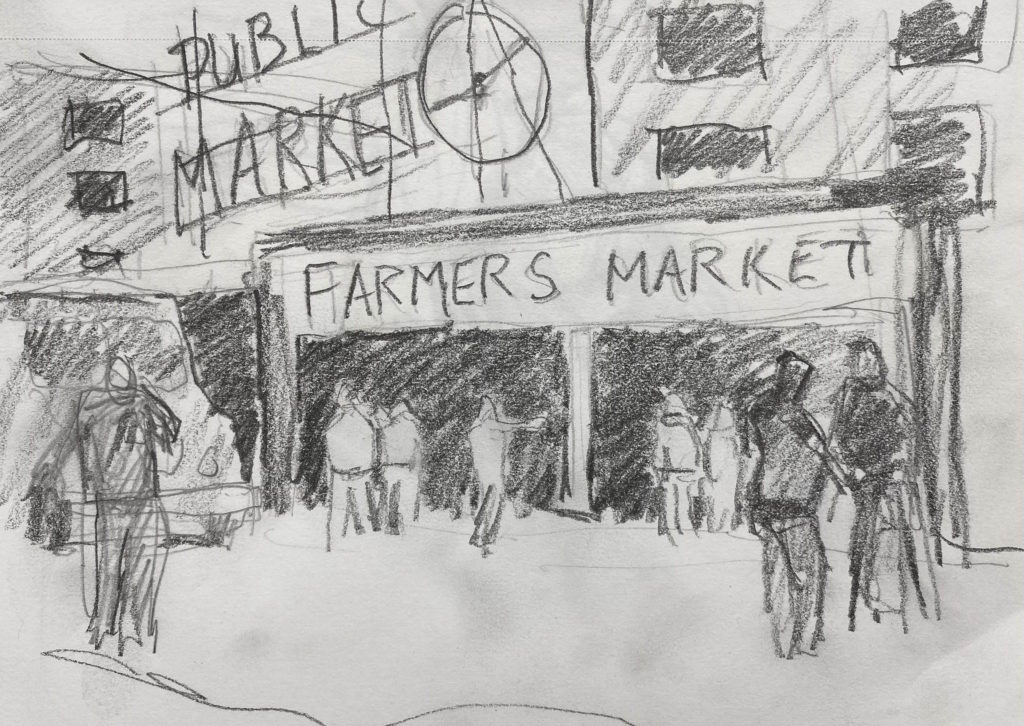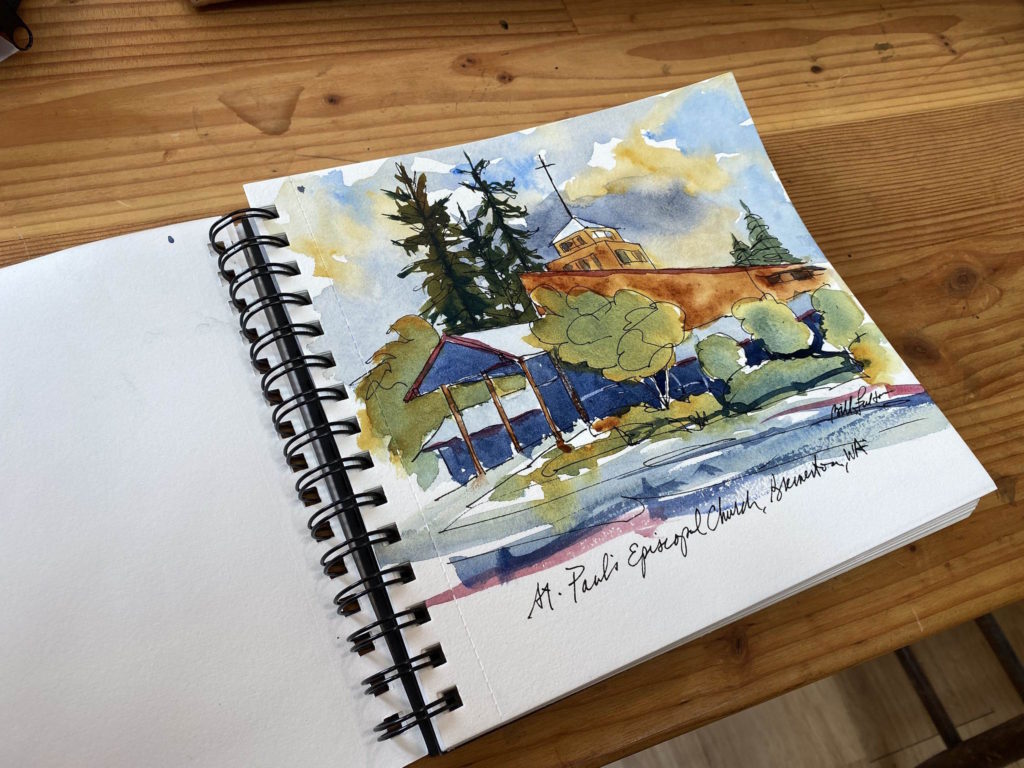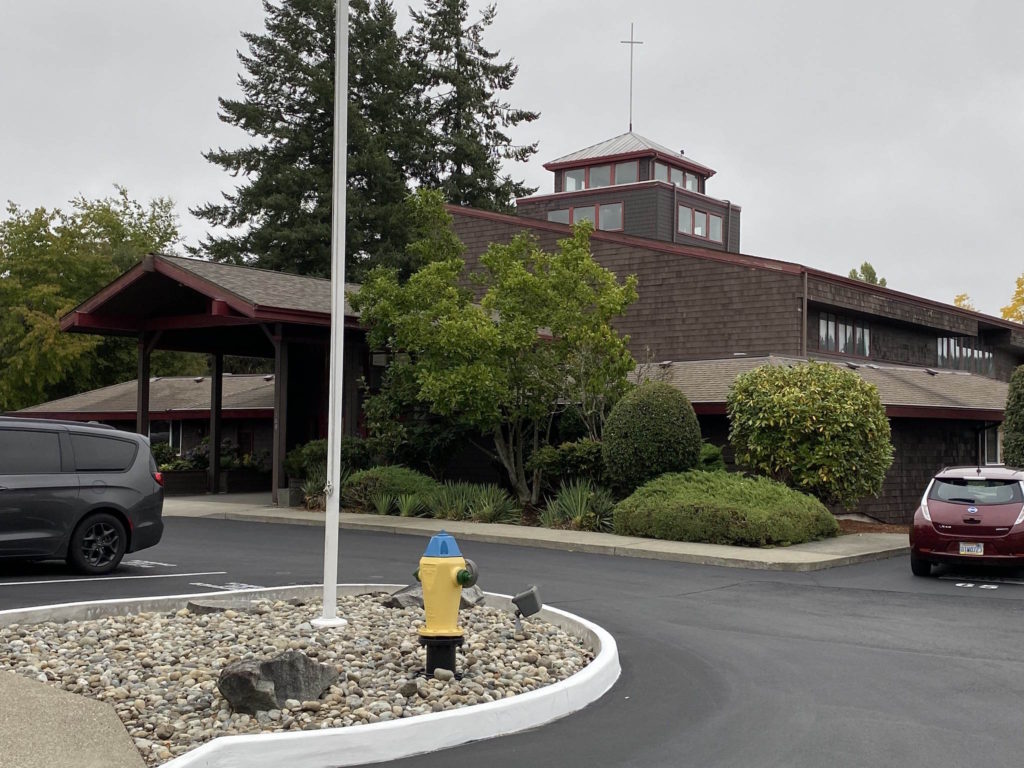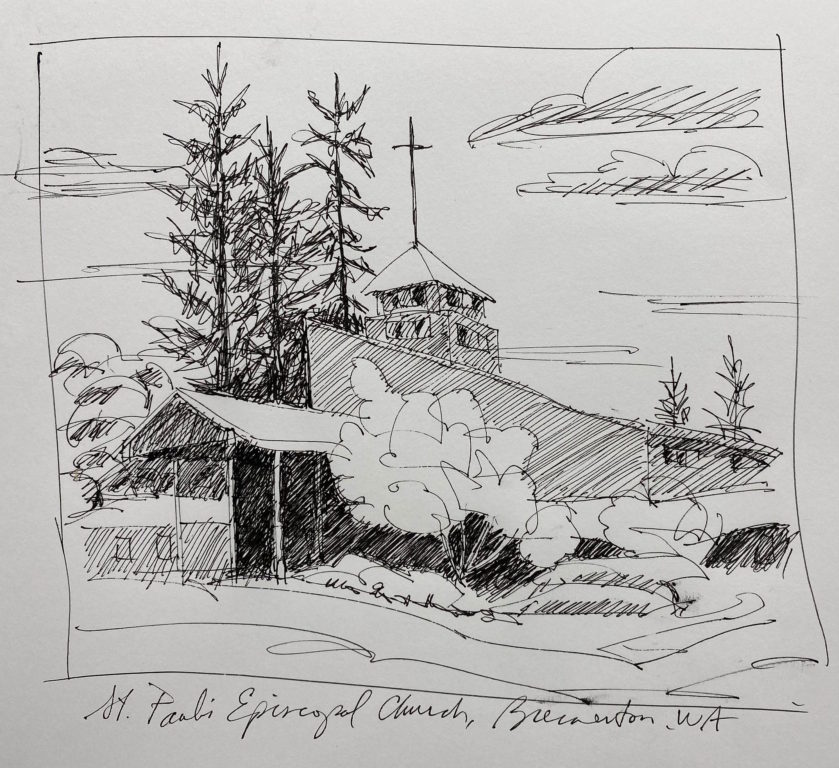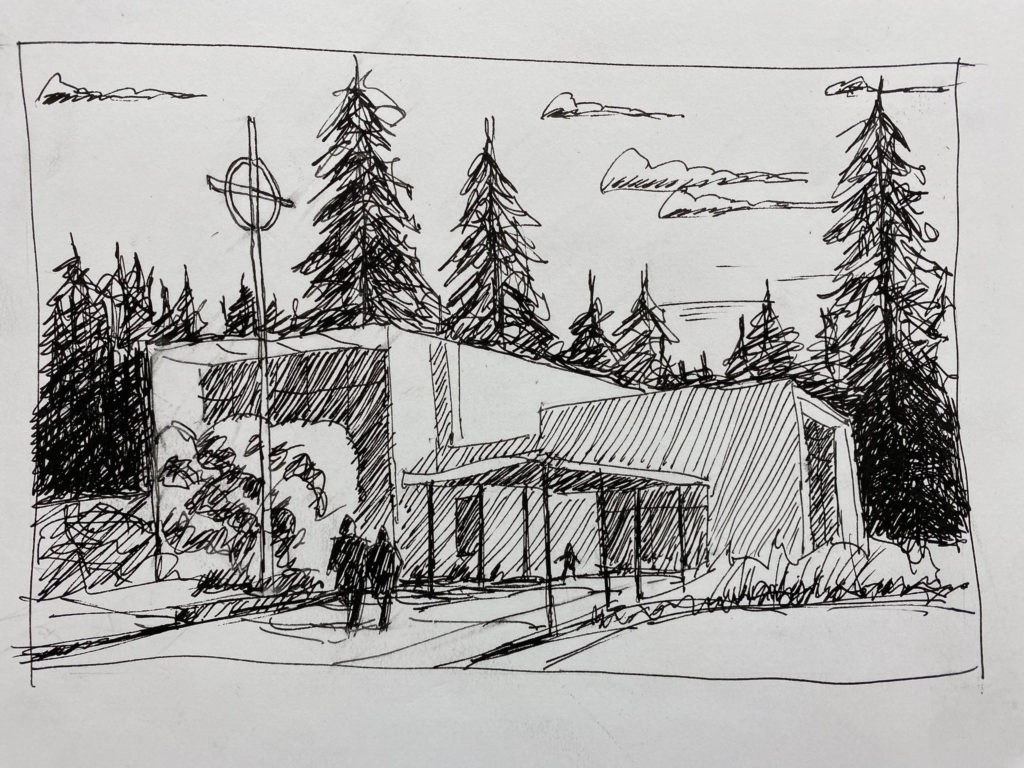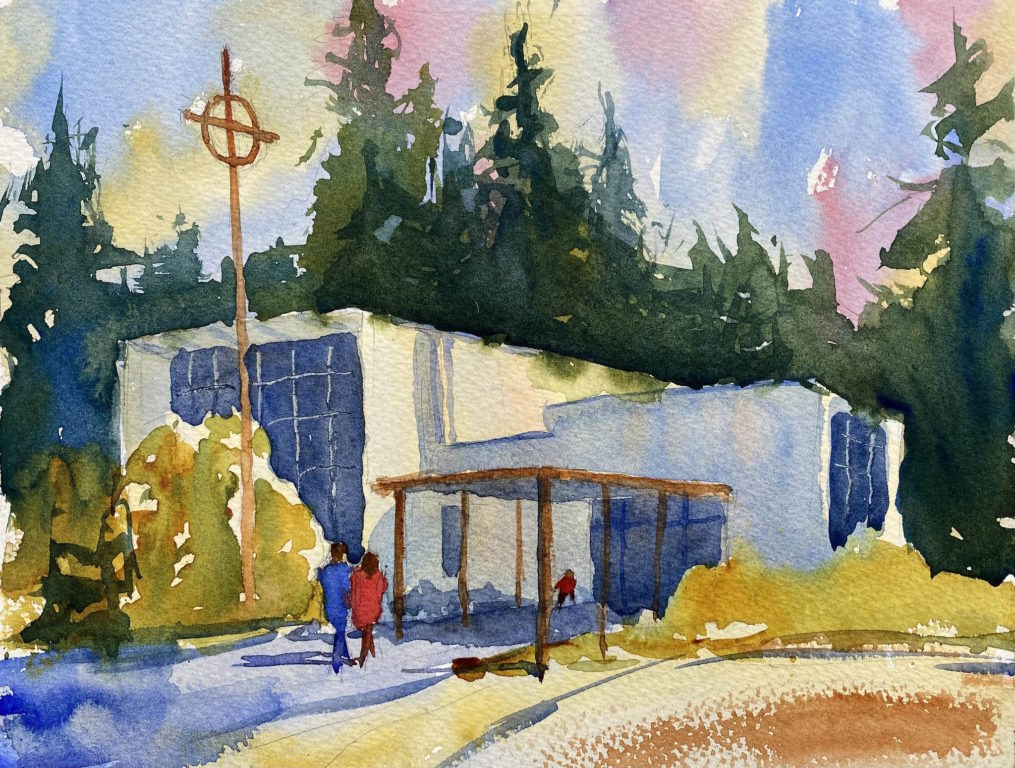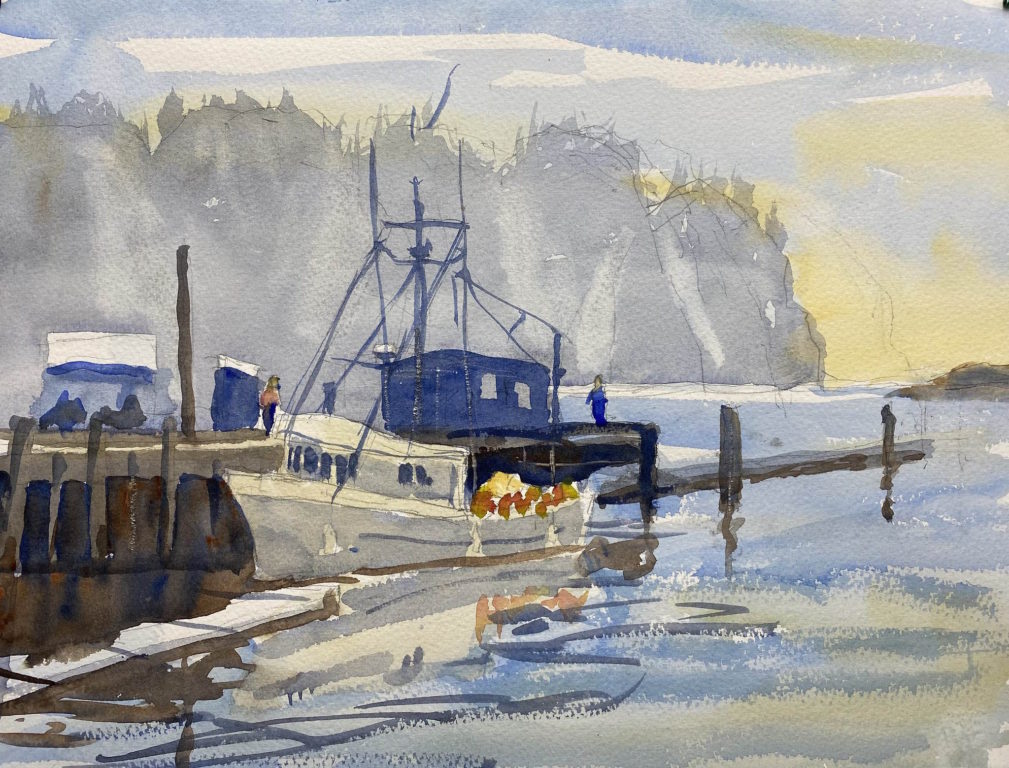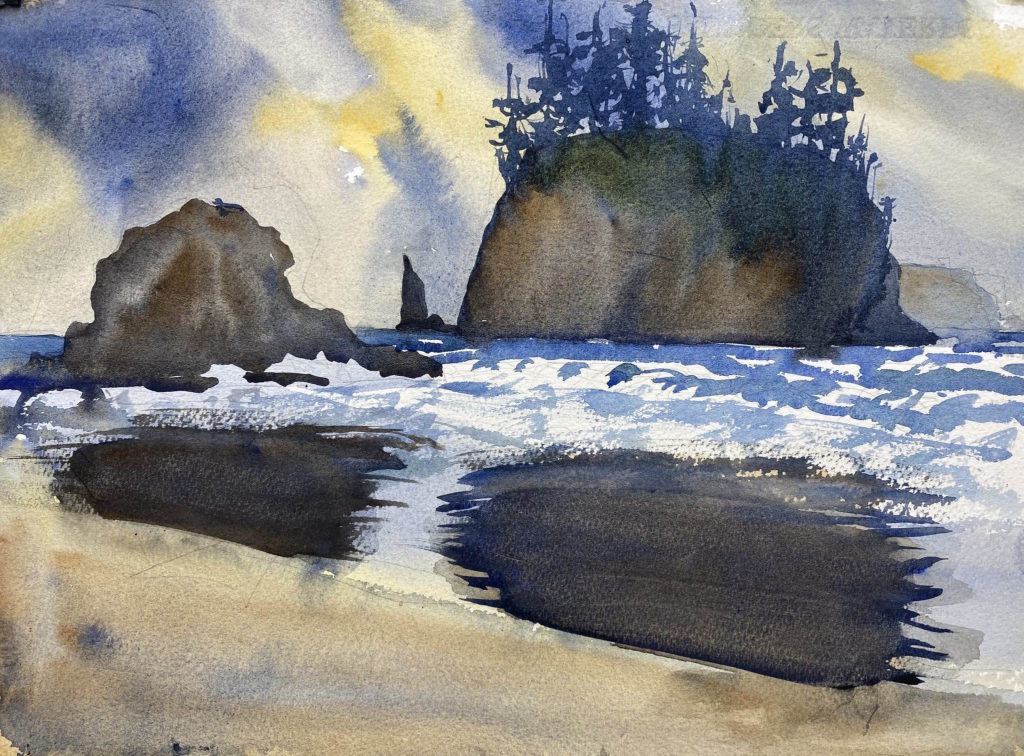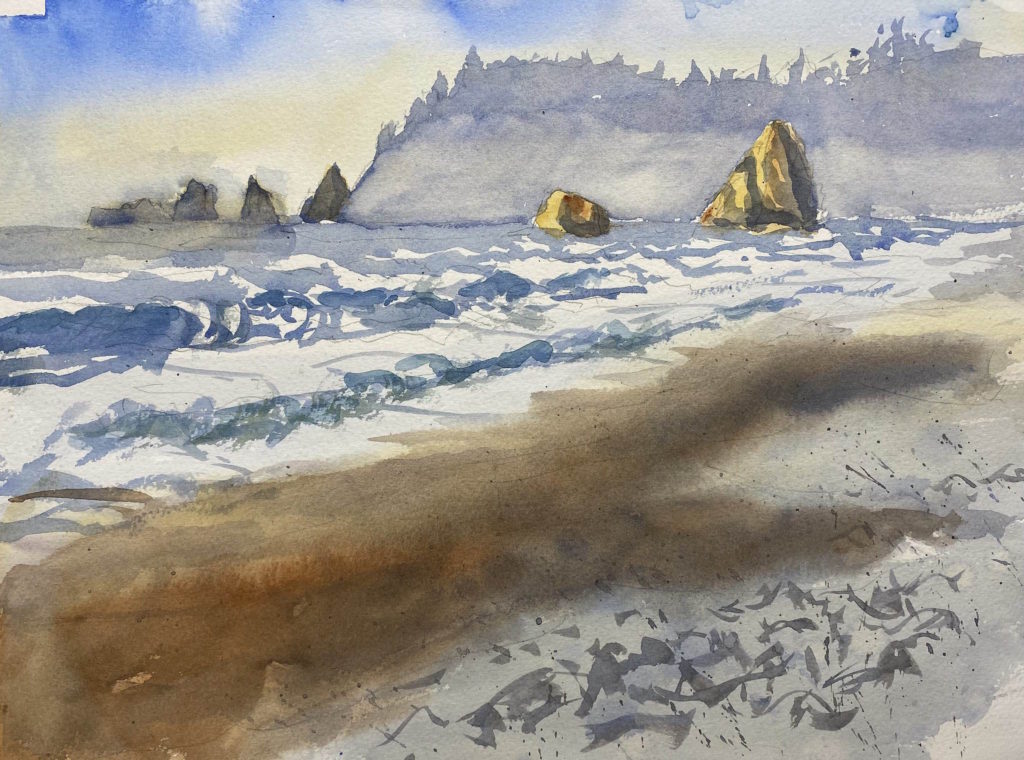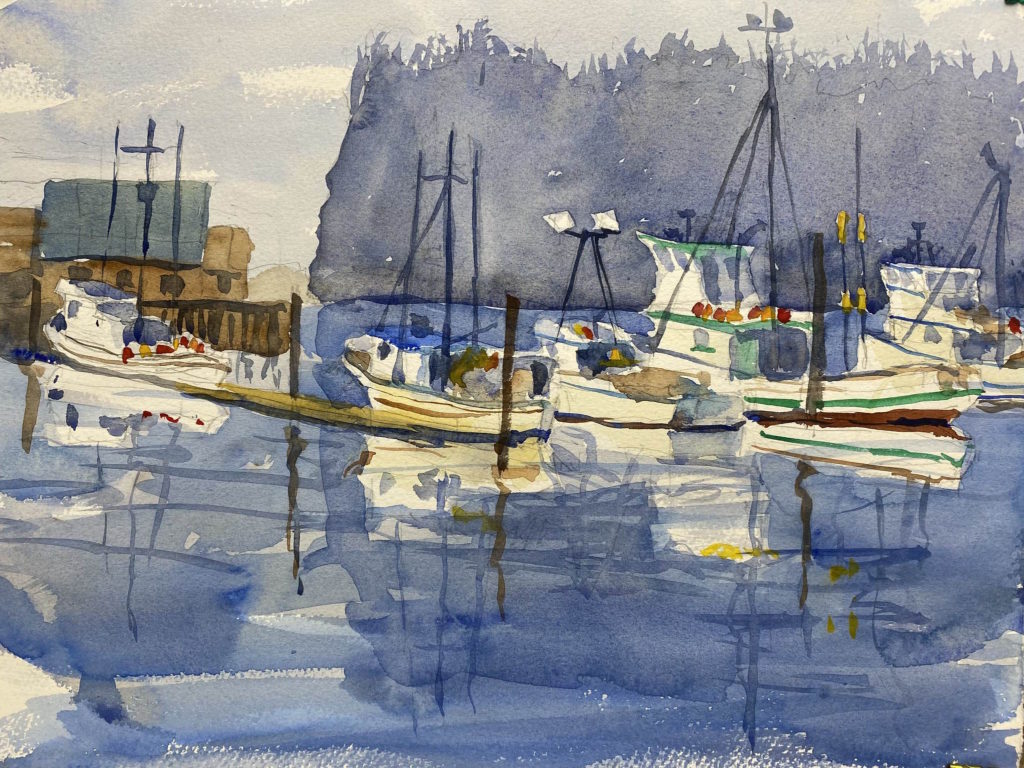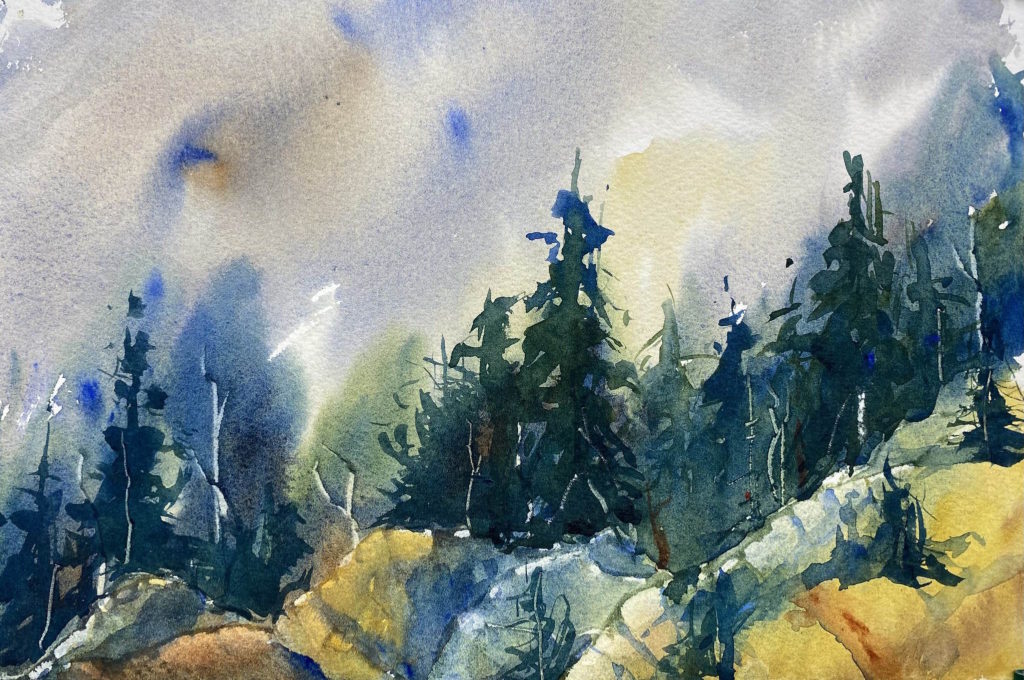An ugly encounter
This morning I parked my car on the side of Central Valley Road, safely off the pavement and well away from the nearest driveway, and walked up the road to take some photos for a painting I was planning to make. The sun was shining on an old metal shed on top of the hill and shadows were streaming across the meadow. A good subject for a painting.
As I came back to my car, I noticed a pickup coming out of the driveway. A large burly man, about 60, got out and started taking pictures of my car. “What the hell are you doing?” he said belligerently.
“I’m going to make a painting of that shed,” I said.
“You’re going to do what?” he said, uncomprehending.
“I’m a painter, an artist,” I said. “I’d like to paint the shed on that hill.”
“Why are you taking pictures of my house?” he asked suspiciously.
“I’m not taking pictures of your house,” I said.
“Show me some ID,” he demanded. I showed him a photo of one of my paintings on my phone to prove I’m an artist.
“Lousy fucking picture. You better get the hell out of here,” he said threateningly.
“I’m just going to paint a picture.”
“Get the hell out!” he said.
“Are you scared of me?” I asked.
He pushed his face right up next to mine and said, “Fuck, no, I’m not scared of you. You want me to beat the fuck out of you?”
I held my ground and stared him down. “No,” I said.
“Then you better get the fuck out of here right now.”
I could see that violence was imminent. I didn’t know what he might try. “I’m sorry,” I said.
“Get the hell out,” he said.
I turned and walked to my car and drove away. I kept my cool the whole time the man accosted me, but I felt a little shaky as I drove away. This guy obviously felt threatened by my presence. He was belligerent and distrustful of anyone near his property.
I felt sorry for him because he was an angry and fearful person, peering out of his fortress at every potential intruder. Who would want to live like that?
I drove up Central Valley Road and made a painting of an old farm near Highway 303, but I wasn’t able to concentrate very well and the painting was a failure. I came home for lunch and told my misadventure to Katy. She talked me through it and gave me the support I needed.
